- EasyCard
- Trade
- Help
- Announcement
- Academy
- SWIFT Code
- Iban Number
- Referral
- Customer Service
- Blog
- Creator
From Purchase to Receipt: Full Breakdown of USDT Stablecoin Cross-Border Remittance Process
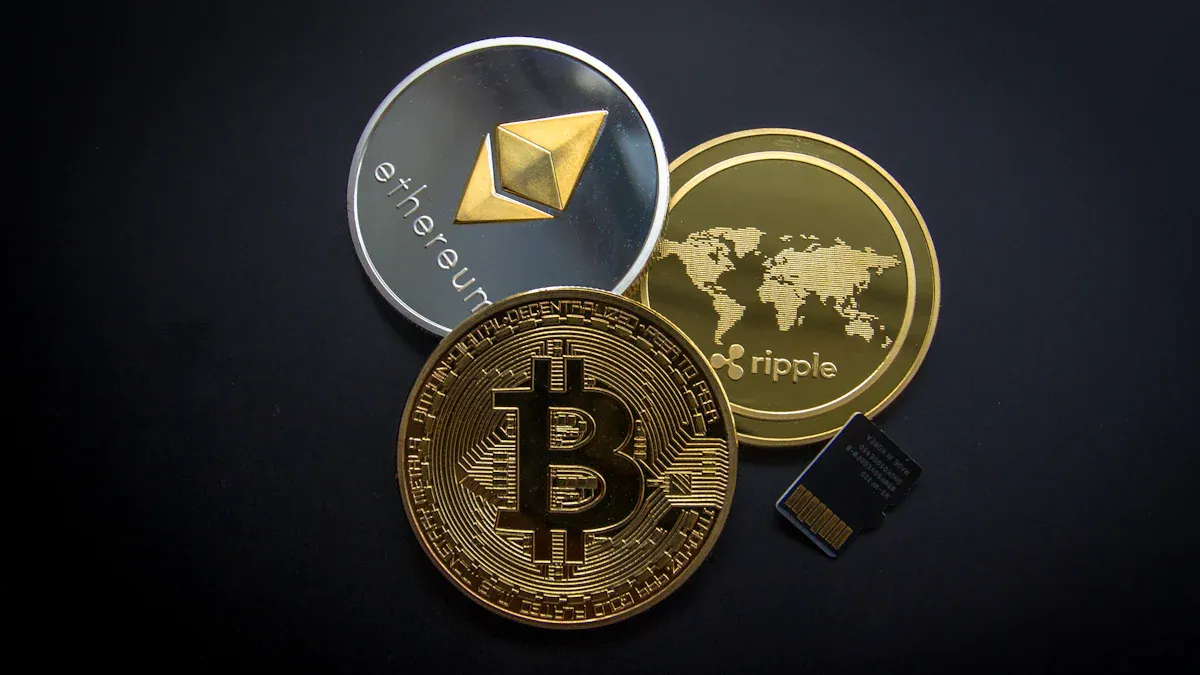
Image Source: pexels
Stablecoin USDT is a cryptocurrency whose value is pegged to the US dollar, designed to provide price stability.
Key Points
- Choose large trading platforms, complete identity verification, and purchase USDT through the C2C market.
- When transferring USDT, carefully verify the receiving address and network, prioritizing the TRC-20 network to reduce fees.
- After receipt, sell USDT via the C2C market to obtain fiat currency and withdraw to a bank account.
- USDT remittance has low costs and fast speeds but requires vigilance against address errors, C2C counterparties, and platform security risks.
- Understand and comply with local regulations, record transaction information, and ensure compliance.
Remittance Step 1: Purchase USDT
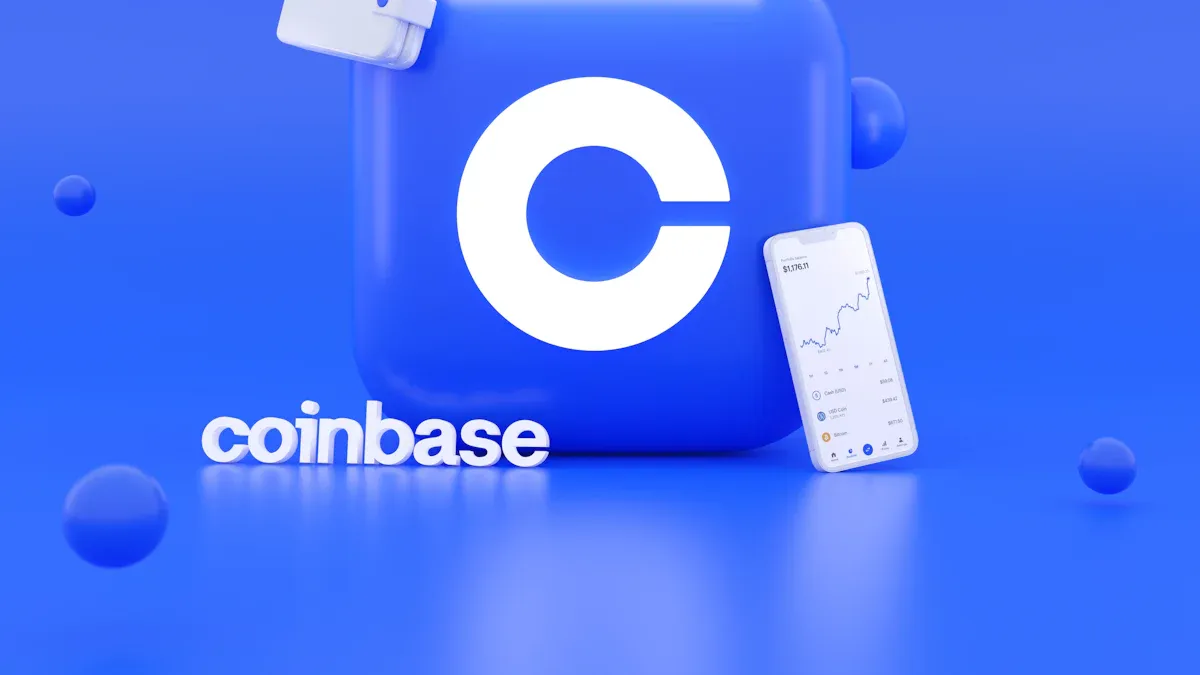
Image Source: unsplash
To start your USDT remittance journey, the first step is to safely acquire USDT. This process is as simple as online shopping, but you need to choose the right platform and follow key steps to ensure fund security.
Choose and Register a Trading Platform
Your first task is to select a large and reputable cryptocurrency trading platform. The platform’s scale and reputation directly relate to your fund security. Globally leading platforms, such as Binance, OKX, and Kraken, are top choices due to their massive user base, high liquidity, and strong security measures.
- Binance: The platform with the largest global trading volume, offering rich trading options.
- OKX: Provides a wide range of USDT trading pairs, with an interface friendly to both beginners and advanced users.
- Kraken: Long-established, known for strict compliance and security, especially trusted in the US market.
Choosing a mainstream platform for registration is the foundation for securing the entire remittance process.
Complete KYC Identity Verification
After registering an account, the platform will require you to complete “Know Your Customer” (KYC) identity verification. This is a standard compliance process aimed at preventing financial crimes and protecting user account security. You usually need to prepare the following materials:
- Your full name and residential address
- Photos of a government-issued valid ID (such as ID card, passport, or driver’s license)
- A selfie taken as required
Submit this information according to platform guidance; after approval, you can conduct fiat transactions.
Buy USDT via C2C Market
After verification, you can purchase the stablecoin USDT. The most convenient way is through the platform’s C2C (Customer-to-Customer) market. This is a peer-to-peer trading model that allows you to buy and sell directly with other users, with the platform acting as an intermediary to ensure transaction security. The C2C market supports multiple payment methods, such as bank transfers and mobile payments.
Safe Trading Tip: How to Select Reliable C2C Merchants? When trading in the C2C market, always choose certified merchants. Prioritize those with high order completion rates, large total trading volumes, and long registration times. Never conduct private transactions off-platform to avoid fraud.
Check USDT Arrival and Network Type
After payment and waiting for the seller to release, the purchased USDT will be deposited into your platform fund account. Go to your “Assets” or “Wallet” page to check if USDT has arrived. Also, note that USDT is issued on different blockchain networks, such as TRC-20 (TRON chain) and ERC-20 (Ethereum chain). Confirm the network type of your USDT, as this is key information for the next transfer step.
Core Link: Transfer Stablecoin USDT
You have successfully purchased stablecoin USDT and now enter the core of the entire process—executing the cross-border transfer. This step is direct and fast, but every detail is crucial, directly affecting whether your funds arrive safely.
Obtain and Verify Receiving Address
First, you need to obtain the USDT receiving address from the recipient. This address is a long string of letters and numbers, functioning like a bank account number.
After obtaining the address, the most critical step is repeated verification. You must ensure the address is completely correct and that the network type corresponding to the address (e.g., TRC-20) matches the transfer network you will choose.
⚠️ Important Reminder: Address Error = Fund Loss Blockchain transactions are irreversible. If you send USDT to the wrong address or to an incompatible network (e.g., sending TRC-20 tokens to an ERC-20 address), the funds will not appear in the expected wallet. Although the funds are not lost, recovery is extremely complex and may be permanently unrecoverable. Always make address verification your primary security rule.
Choose TRC-20 Low-Cost Network
When transferring, you will find multiple networks available, such as TRC-20 (TRON chain) and ERC-20 (Ethereum chain). For most small remittance scenarios, we strongly recommend choosing the TRC-20 network.
The main reason for choosing TRC-20 is its extremely low cost and extremely fast speed. Compared to ERC-20 network fees often reaching tens of dollars, TRC-20 fees are usually less than $2, with transactions confirming in seconds to minutes.
| Feature | TRC20 (TRON) | ERC20 (Ethereum) |
|---|---|---|
| Speed | Seconds-level | Minutes-level |
| Fee | Approx. $1-2 | $30-35 |
| Scalability | High | Medium |
Execute Transfer Operation
After confirming the address and network, you can start the transfer. In your trading platform (such as Biyapay) wallet, the steps are usually as follows:
- Select Withdraw: On your assets page, find USDT and click “Withdraw” or “Send.”
- Fill Information: Paste the verified receiving address and select
TRC-20as the transfer network. - Enter Amount: Input the USDT amount you wish to transfer. The platform automatically calculates and displays the required handling fee.
- Final Confirmation: Double-check the receiving address, transfer network, and amount. After confirming accuracy, enter a password or perform biometric verification as required to authorize the transaction.
Query Transaction Status on Blockchain
After submitting the transfer, the platform generates a transaction ID (also called TxID or Hash). This is a unique transaction credential; you can use it to track transfer progress on public blockchain explorers.
For the TRC-20 network, use the TRONSCAN explorer. Simply copy and paste the transaction ID into the search box on the TRONSCAN website to view all real-time information about the transfer, including confirmation status, block height, sender and receiver addresses, etc., achieving full transparency.
Receipt Final Step: Sell and Withdraw
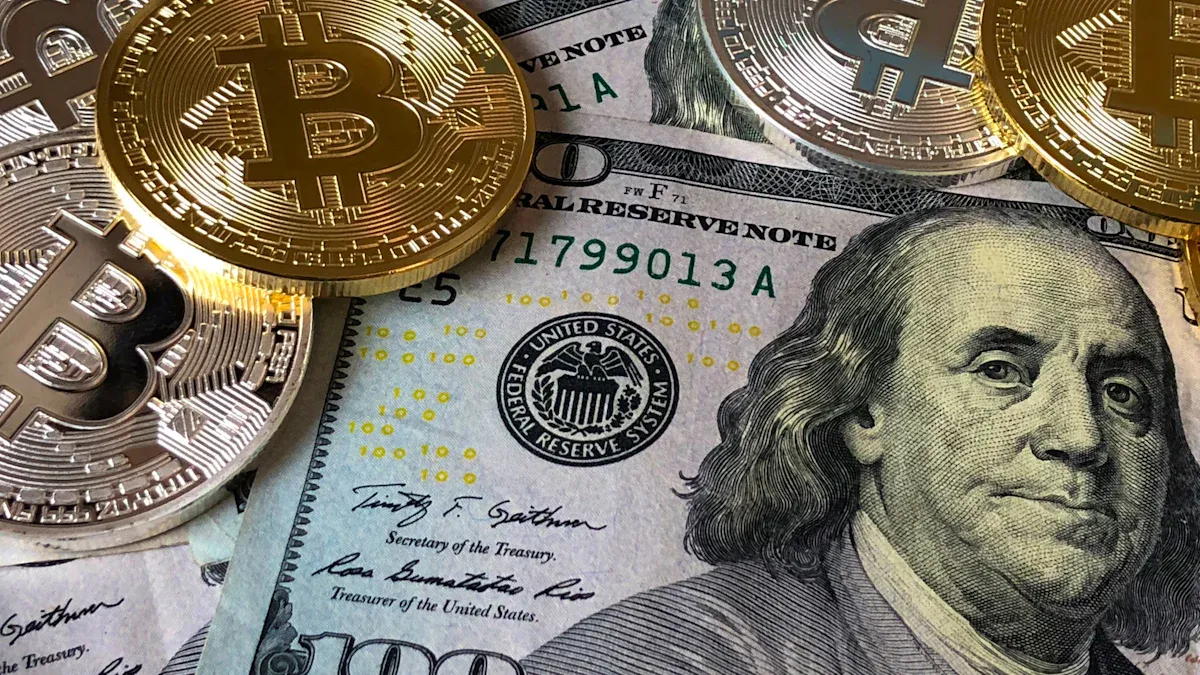
Image Source: pexels
When the sender’s USDT is sent, the recipient’s work has just begun. This step aims to safely and efficiently convert the received digital dollars into local currency and deposit them into your bank account. The entire process is equally simple; just follow these key steps.
Recipient Registration and Verification
First, as the recipient, you also need an account on a reliable cryptocurrency platform (such as Biyapay). If you don’t have an account, complete registration first. Then, you must complete the platform’s KYC identity verification, a necessary prerequisite for exchanging cryptocurrency for fiat currency. You usually need to prepare the following information:
- Your legal name, date of birth, and residential address
- Government-issued valid ID (such as ID card or passport)
- Proof of address (e.g., recent utility bill)
Confirm USDT Arrival
After the sender completes the transfer, you need to confirm if the funds have been deposited into your platform account. The most transparent way is using the transaction ID (TxID). Request this ID from the sender, then:
Enter the transaction ID on the corresponding blockchain explorer (such as TRONSCAN) for query. You will clearly see the transaction status; once it shows “confirmed” or “successful,” USDT has safely arrived at your wallet address.
Sell USDT via C2C Market for Fiat
After confirming receipt of stablecoin USDT, the next step is to sell it for the local currency you need (such as HKD or USD). The C2C market on platforms like Biyapay is ideal for this step. The process is as follows:
- Select “Sell” in the platform’s C2C market.
- Enter the USDT amount you wish to sell.
- Choose a preferred payment method and fill in your receiving account information (e.g., your account at a licensed Hong Kong bank).
- Select a reputable buyer and place the order.
- Wait for the buyer to pay you. After confirming your bank account has received the full amount, click “Confirm Receipt and Release” on the platform to transfer USDT to them.
Withdraw from Platform to Bank Account
If you have converted USDT to fiat balance (e.g., USD) in your platform account through other means, the final step is to withdraw it to your personal bank account. The platform provides fiat withdrawal functions but usually involves fees and limits.
Pay attention to the following when withdrawing:
- Handling Fees: Fees vary by withdrawal method. For example, withdrawing USD via SWIFT network usually charges a fixed fee or percentage.
- Minimum Limit: The platform sets a minimum amount for single withdrawals.
- Daily Limit: Your account may have daily or monthly total withdrawal caps.
| Withdrawal Method | Currency | Minimum Withdrawal (Example) | Handling Fee (Example) |
|---|---|---|---|
| SWIFT | USD | 100 USD | 0.1% (min 25 USD) |
| SEPA | EUR | 100 USD | 0.1% (min 3 USD) |
Before initiating withdrawal, carefully check all fee and limit information on the platform’s withdrawal page.
Cost, Efficiency, and Risk Analysis
When considering using stablecoin USDT for cross-border remittances, fully understanding its costs, efficiency, and potential risks is crucial. This helps you make informed decisions and safely complete the process.
Cost Comparison: USDT vs Traditional Wire Transfer
One of USDT remittance’s most significant advantages is extremely low costs. Traditional bank wire transfers, especially via the SWIFT network, usually charge fixed fees of $20 to $50 and may involve intermediary bank fees and exchange rate losses. In contrast, sending USDT via the TRC-20 network costs very little.
The chart below clearly shows the cost differences when sending $1000 via different methods:
| Method | Fee | Net Received Amount |
|---|---|---|
| Bank (EU) | 0.2% + 0.3% = $5 | $995 |
| Bank (US) | 1.5-2% = $15-20 | $980-985 |
| SWIFT Wire | $20-50 | $950-980 |
| Cryptocurrency (TRON/USDT) | $0.5-5 (<1%) | $995-999 |
Efficiency Analysis: How Long Does Remittance Take
Time is another decisive factor. Traditional bank remittances are constrained by business days and operating hours, with a cross-border transfer usually taking 1 to 5 business days. If encountering bank holidays or weekends, processing time extends further.
USDT transfers are completely different. Blockchain networks operate 24/7 year-round. A TRC-20 network USDT transfer usually completes settlement in seconds to minutes, no matter when or where you operate. This immediacy provides great convenience for urgent fund needs.
Common Risks and Avoidance Methods
Although USDT remittance is efficient and convenient, you must be vigilant against the following common risks:
- Address Errors and Poisoning Attacks: This is the most serious risk. Hackers may use “address poisoning” attacks to send a small transaction to your wallet, placing a fake address very similar to your commonly used one in your transaction history. If you accidentally copy this address, funds are permanently lost.
- Avoidance Method: Before transferring, repeatedly and carefully verify every character, or use the address whitelist function.
- C2C Counterparty Risk: When selling USDT in the C2C market, you may encounter buyers trying to use illicit funds (commonly called “dirty money”). Once receiving such funds, your bank account risks freezing.
- Avoidance Method: Always choose certified merchants and prioritize counterparts with large trading volumes and high positive ratings.
- Platform Security Risk: Your trading platform account is the first line of defense for funds. If the account is hacked, your assets are at risk.
- Avoidance Method: Enable all available security settings, such as multi-factor authentication (MFA) and withdrawal whitelists.
Understand Regulations in Both Locations and Compliance Reminders
Finally, you need to understand and comply with relevant regulations in the sending and receiving locations. Many countries (such as the US) treat stablecoins as “property” rather than currency, meaning transactions may generate tax liabilities.
You are responsible for recording detailed information for every transaction, including date, amount, and fiat value at the time. These records are crucial for calculating potential capital gains tax and handling possible tax audits. Before trading, consult local tax professionals to ensure your actions are fully compliant.
You now have mastered the full process from purchase, transfer, to final cash-out. USDT remittance, with its low costs and near-instant settlement speeds, effectively solves traditional wire transfer high fees and long delays, providing you with an efficient supplementary solution.
Security is paramount. Remember the three golden rules:
- Choose Reliable Platforms: Always use reputable exchanges and enable all security settings.
- Repeatedly Verify Addresses: Carefully check every character before transferring to prevent asset loss.
- Beware of C2C Risks: Carefully screen counterparties to ensure your bank account security.
FAQ
Is the value of stablecoin USDT always $1?
In theory, stablecoin USDT is pegged 1:1 to the USD. But in actual market trading, its price may fluctuate slightly due to supply and demand, usually between $0.99 and $1.01. In most cases, you can consider its value equivalent to $1.
What if I accidentally send USDT to the wrong address?
Blockchain transactions are irreversible. Once funds are sent to the wrong address, they are almost unrecoverable. Therefore, before each transfer, you must repeatedly and carefully verify every character of the receiving address to ensure complete accuracy.
Why was my bank account frozen after selling USDT?
This usually occurs in C2C transactions. You may have received funds from unknown sources. To avoid this risk, always choose certified merchants on the platform and prioritize users with large trading volumes and high positive ratings to ensure receipt security.
Do I need to pay taxes when using USDT for remittance?
In many countries and regions, cryptocurrency transactions are treated as property transactions and may generate tax liabilities. You are responsible for understanding and complying with local tax regulations. It is recommended to consult tax professionals to ensure all your transaction activities are fully compliant.
*This article is provided for general information purposes and does not constitute legal, tax or other professional advice from BiyaPay or its subsidiaries and its affiliates, and it is not intended as a substitute for obtaining advice from a financial advisor or any other professional.
We make no representations, warranties or warranties, express or implied, as to the accuracy, completeness or timeliness of the contents of this publication.

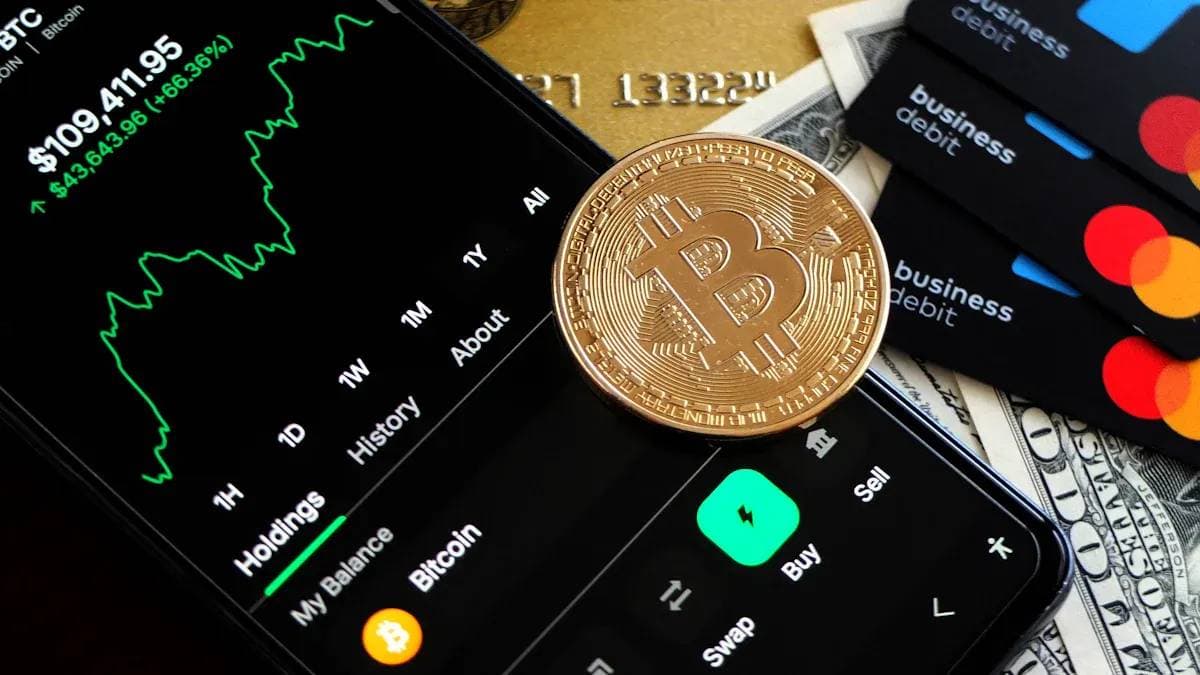
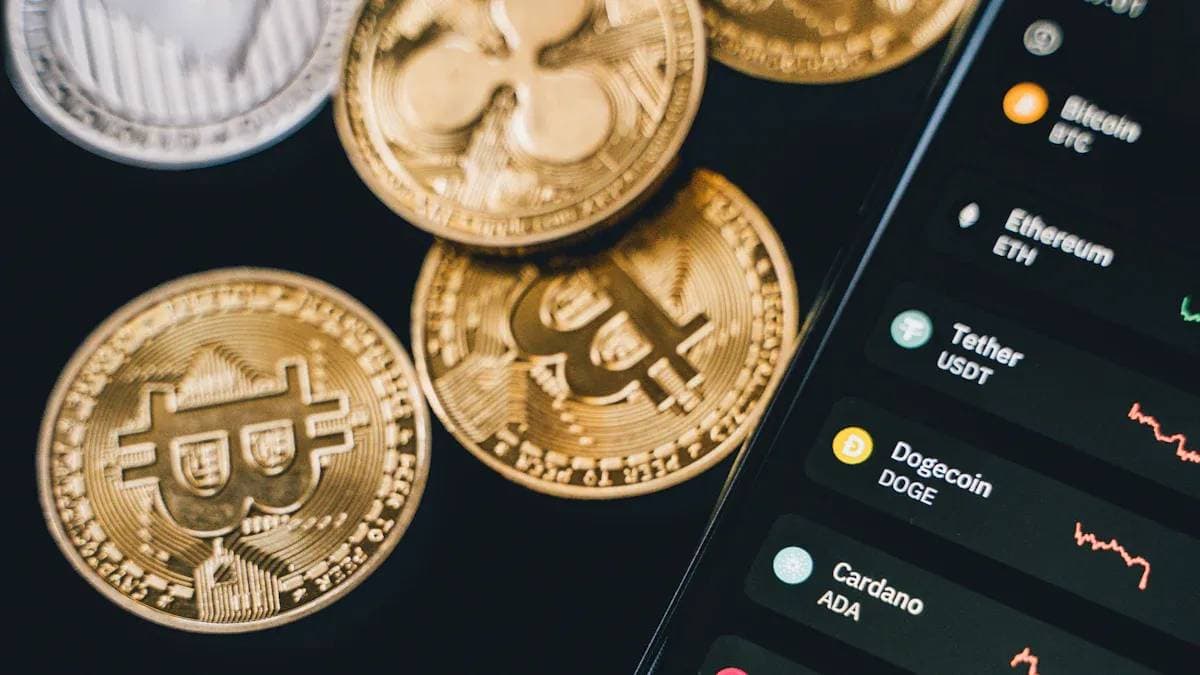

Contact Us
Company and Team
BiyaPay Products
Customer Services
BIYA GLOBAL LLC is a licensed entity registered with the U.S. Securities and Exchange Commission (SEC No.: 802-127417); a certified member of the Financial Industry Regulatory Authority (FINRA) (Central Registration Depository CRD No.: 325027); regulated by the Financial Industry Regulatory Authority (FINRA) and the U.S. Securities and Exchange Commission (SEC).
BIYA GLOBAL LLC is registered with the Financial Crimes Enforcement Network (FinCEN), an agency under the U.S. Department of the Treasury, as a Money Services Business (MSB), with registration number 31000218637349, and regulated by the Financial Crimes Enforcement Network (FinCEN).
BIYA GLOBAL LIMITED is a registered Financial Service Provider (FSP) in New Zealand, with registration number FSP1007221, and is also a registered member of the Financial Services Complaints Limited (FSCL), an independent dispute resolution scheme in New Zealand.




















